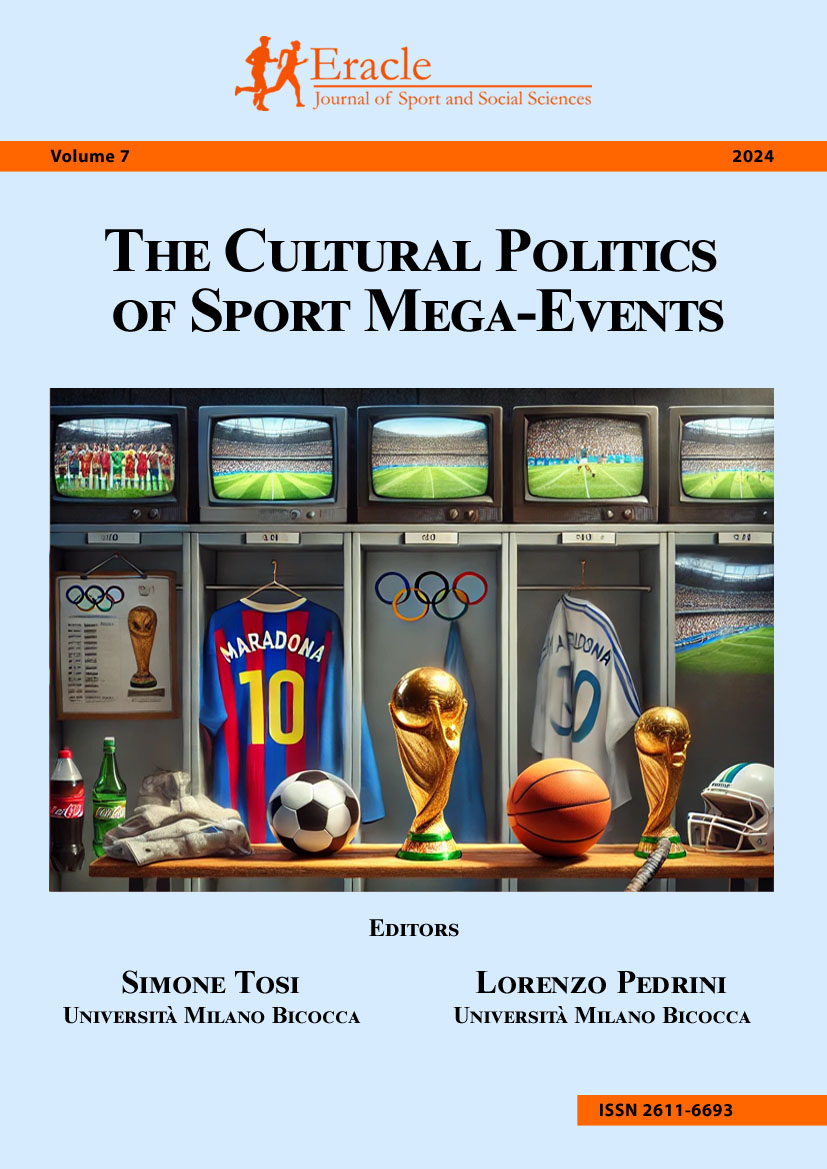The Spatial Dimension of Winter Olympic Village. Between local model and regionalisation strategies
Abstract
Since the second half of the 20th century, the editions of the Winter Olympic Games have catalysed different urban transformations, allowing the development of a new critical perspective on the spatial dimension of the Olympic event. The following contribution observes the various strategies by analysing the spatial models of Olympic villages developed to date. Through observing the relationships between the Olympic Village and the urban fabric, valuable tools will be advanced for evaluating the Olympic event in the context of the territory. Spatial models show the spatial dimension of the Olympic Village in the territory, allowing us to consider Olympic urbanism as a tangible asset that may fade away in the post-Olympic period. Since the first Winter Olympic Games were held in Chamonix in 1924, the event has been organised in mountain locations with ski resorts, ice rinks and accommodation facilities. The contribution analyses how creating new facilities implies the implementation of new spatial strategies capable of catalysing new territorial connections. The research proposes an innovative analysis of Olympic town planning in general and Olympic villages in particular, consolidating the field of study and offering a valuable document for the future construction of new Olympic villages in the coming decades. In addition, the study aims to reflect on the case of Turin in 2006 to observe how the regional spatial model has become a privileged case study for future candidate cities. Therefore, through the analysis, it will be observed how the winter edition, over time, has become of primary importance for implementing regional strategies in the host cities. From 2006 onwards, the Olympic event will be a primary element in planning regional infrastructure, transport systems, services and accommodation in the regional space.



